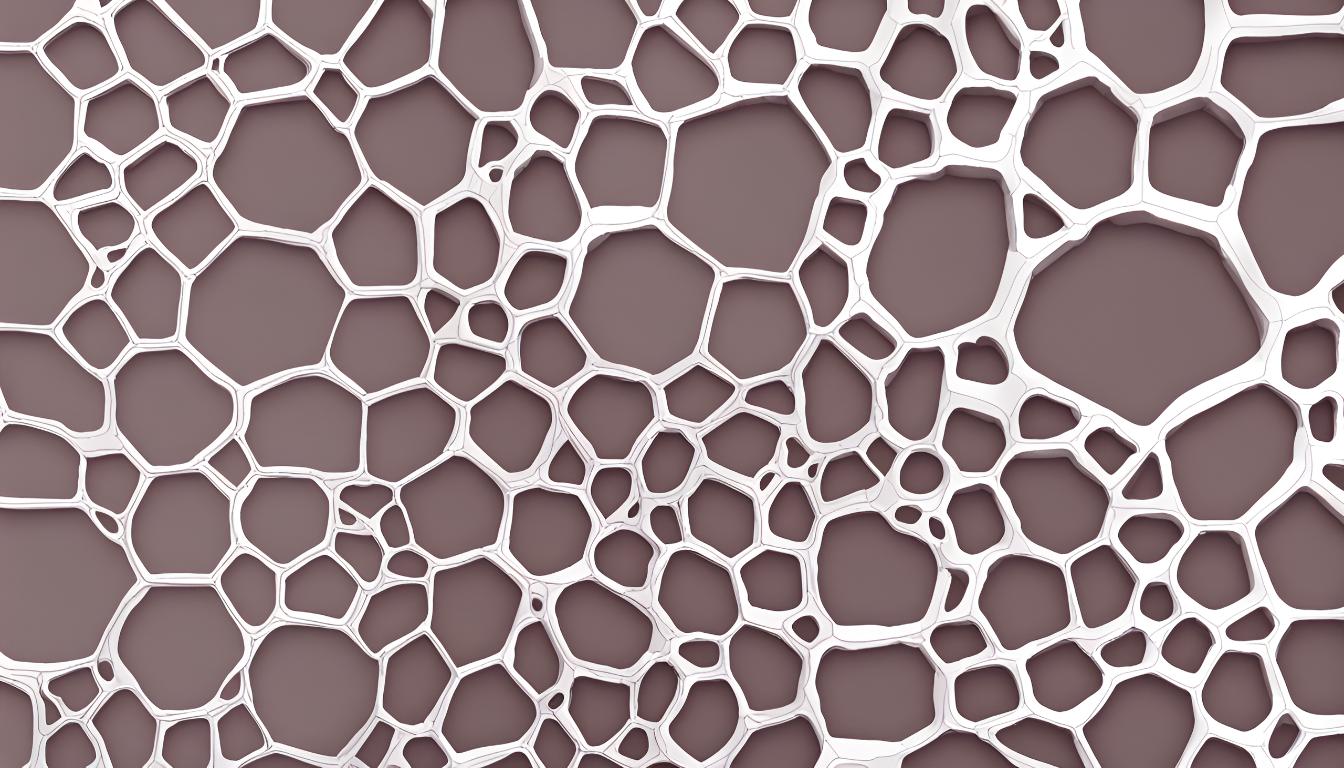
Far-infrared Bioceramics
Understanding FIR Emitting Bioceramics
Infrared radiation (IR) is an invisible electromagnetic wave with a longer wavelength than visible light within the spectrum that spans from 750 nm to 100 μm (Lin et al., 2006). It is subdivided into three categories depending on the wavelength: near infrared (0.8—1.5 µm), middle infrared (1.5—5.6 µm), and far infrared (5.6—1000 µm) (Lee et al., 2011).
Far infrared (FIR) is particularly notable for its ability to transfer energy in the form of heat. This heat can penetrate human skin up to 1.5 inches (nearly 4 cm), where it is perceived by thermoreceptors in the surrounding tissue (Yu et al., 2006). FIR's energy can influence molecular bonds, inducing rotational and vibrational movements, and resonate with cellular frequencies. Interestingly, the human body can absorb FIR and re-emit it as "black body radiation" (Vatansever and Hamblin, 2012).
All ceramics can emit IR depending on their temperature, but their chemical composition determines the exact relationship between temperature and radiation emission, adhering to the Stefan-Boltzmann law. FIR-emitting ceramics, such as tourmaline when finely milled into powders, can be integrated into fabrics. These fabrics can then be used to create various products for therapeutic purposes. The heat from the human body activates the FIR in these products, which then emit FIR back to the body, effectively creating a self-sustaining cycle of heat absorption and emission (Vatansever and Hamblin, 2012).
Studies reviewed by Vatansever and Hamblin (2012) indicate that FIR has promising biological effects on human health. Animal studies have demonstrated that FIR improves skin blood flow, leading to its use in treating ischemic lesions and necrosis of skin tissue resulting from trauma, diabetes, and peripheral arterial occlusive disease. Additionally, some studies indicated that FIR therapy may improve endothelial function and reduce the frequency of certain cardiovascular diseases (Lin et al., 2006).
Thus, FIR-emitting bioceramics represent a significant advancement in the field of therapeutic and health-promoting applications. By leveraging the unique properties of FIR, these ceramics can provide substantial health benefits. As research continues to validate these benefits, FIR-emitting bioceramics are poised to play an increasingly important role in medical treatments and wellness products.
References
-
Vatansever F, Hamblin MR. Far infrared radiation (FIR): its biological effects and medical applications.
Photonics & Lasers in Medicine. 2012;
1(4): 255-266.
-
Lin CC, Chang CF, Lai MY, Chen TW, Lee PC, Yang WC. Far-infrared therapy: a novel treatment to improve access blood flow and unassisted patency of arteriovenous fistula in hemodialysis patients.
J Am Soc Nephrol. 2007;
18(3):985-92. doi: 10.1681/ASN.2006050534.
-
Yu SY, Chiu JH, Yang SD, Hsu YC, Lui WY, Wu CW. Biological effect of far-infrared therapy on increasing skin microcirculation in rats.
Photodermatol Photoimmunol Photomed. 2006;
22(2):78-86. doi:
10.1111/j.1600-0781.2006.00208.x. -
Lee CH, Roh JW, Lim CY, Hong JH, Lee JK, Min EG. A multicenter, randomized, double-blind, placebo-controlled trial evaluating the
efficacy and safety of a far infrared-emitting sericite belt in patients with primary dysmenorrhea.Complement Ther Med. 2011;
19(4):187-93. doi: 10.1016/j.ctim.2011.06.004.